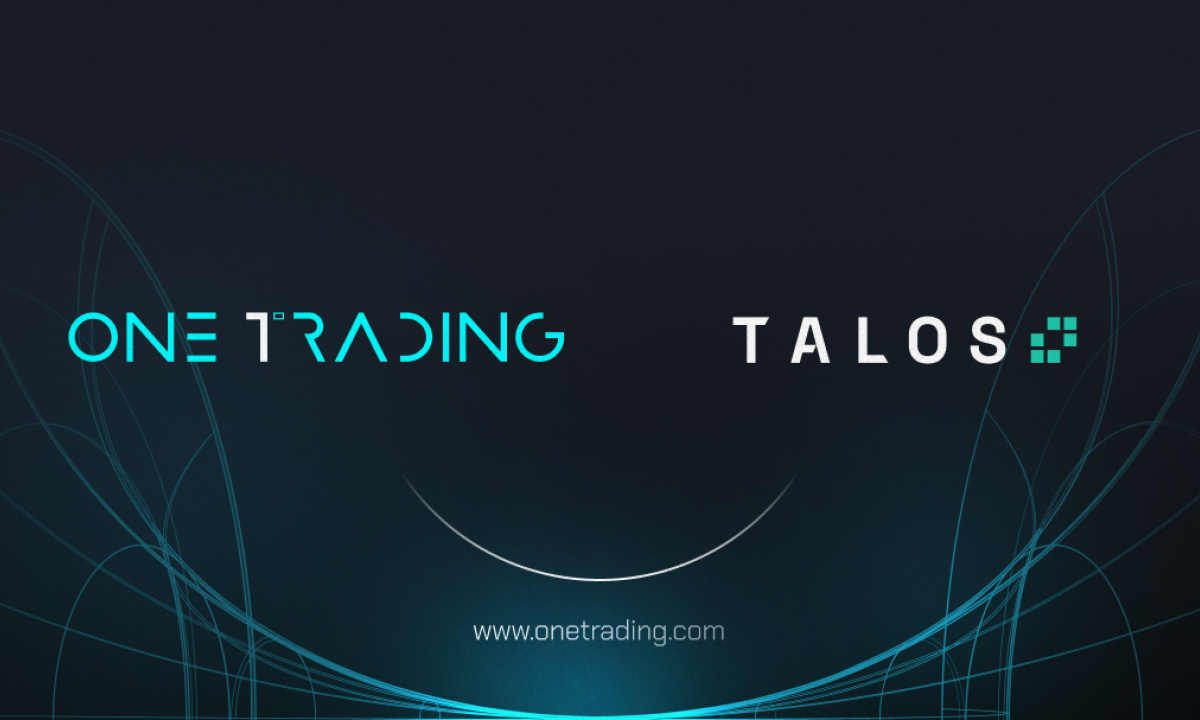Before investing in altcoins, you should consider the project’s white paper, supply and demand factors, the team and the stakeholders behind the project. This article will help you understand what to do.
What are altcoins?
“Altcoin” is a compound word of “alternative” and “coin”. In other words, altcoins refer to all alternatives to Bitcoin and share properties with Bitcoin. For example, Bitcoin and Altcoins have the same basic structure. Similar to Bitcoin, altcoins also function as peer-to-peer (P2P) systems and share code.
Of course, there are also significant differences between Bitcoin and Altcoins. One of those differences is the consensus mechanism used by altcoins to validate transactions or create blocks. While Bitcoin uses a PoW consensus mechanism, altcoins typically use PoS. There are many different categories of altcoins defined by their consensus mechanism and unique features.
Here are the most popular altcoins:
Based on mining
Altcoins are based on mining using the PoW mechanism, which allows systems to generate new coins through mining. In mining, complex computational problems must be solved in order to generate blocks. XMR, LTC and ZEC are prime examples of this type.
XMR/USDT. Source: TradingView
Stablecoins
Stablecoins aim to reduce volatility, which has been the essence of trading and using cryptocurrencies since their inception. Therefore, the value of stablecoins is tied to the value of many commodities such as precious metals, fiat money, or other cryptocurrencies. These commodities act as a reserve in case the stablecoin crashes. DAI, USDC, and USDT are the largest stablecoins on the market today.
Security token
As the name suggests, security tokens are similar to traditional securities traded on an exchange. They are like traditional stocks and represent equity in the form of ownership or dividends. Security tokens attract investors because there is a high probability that their price will rise quickly.
Memecoins
This type of altcoins are so named because they are inspired by jokes based on famous cryptocurrencies. They are often hyped by celebrities and KOLs in the crypto space. For example, Tesla CEO and crypto enthusiast Elon Musk regularly promotes the popular memecoins DOGE and SHIB on Twitter.
DOGE/USDT. Source: TradingView
Utility token
Utility tokens are used to provide services such as rewards, network fees, and purchases within a specific network. Unlike security tokens, utility tokens do not offer equity. For example, FIL is a utility token used to purchase storage space on the Filecoin decentralized storage network.
FILE/USDT. Source: TradingView
What is the basis for evaluating altcoins?
Basic altcoin analysis involves reviewing and evaluating all available information about it. In it, aspects such as the use case, the network and the team behind the project must not be overlooked in order to fully understand and evaluate the best altcoin to buy.
When analyzing altcoins or any other cryptocurrency to invest in, it is important to understand whether the asset is overvalued or undervalued. Overvalued properties should be avoided. Conversely, undervalued properties are ideal. This is because overvalued assets are likely to underperform and fall back to their true value. Undervalued assets, on the other hand, have a lot of growth potential and are consistently profitable.
Thorough analysis of this information will help you make the most informed investment decisions. Here are some helpful guides on analyzing cryptocurrencies before investing:
Step 1: Analyze the white paper and find the proposed value
A detailed examination of the token’s white paper provides a wealth of relevant information such as use cases, goals and the team’s vision for the project. The white paper should give you a positive picture of how altcoins bring value to users.
For example, Bitcoin has the following value proposition:
“A decentralized digital currency with no central bank or single administrator that can be sent from one user to another on a peer-to-peer network without the need for an intermediary.”
Source: Bitcoin Whitepaper
An altcoin’s value proposition can give you suggestions on how to analyze more information about it.
Step 2: Look for altcoins with increasing demand and stable (or decreasing) supply
Looking at supply and demand is one of the best ways to gauge your next crypto investment. After understanding how altcoins can create value for users, the next step is to analyze how they drive supply and demand.
Simply put, altcoins with multiple incentives will allow for increased demand. Accordingly, the supply decreases continuously or is stable. When demand exceeds supply, prices rise, increasing demand for more.
To keep an eye on you, you can access resources like price indices and market news, as well as heatmaps from Coin 360 and CoinMarketCap.
Step 3: Assess the team and stakeholders behind the project
After you have a clear understanding of what the project can offer, the next step is to thoroughly evaluate the project team. See the whitepaper for information on this, but try to do more independent research. There are many useful resources such as the project website as well as the LinkedIn profile. Typically, developers make their information public and available to everyone.
After looking at each member’s background, ask the following questions:
– Have you worked on other successful and serious projects?
What certificates do you have?
Are they legitimate members of the crypto community and blockchain ecosystem?
The aim is to find out if the team behind the project is experienced and consists of experts who know what they are doing. You could consider on-chain analytics platforms and blockchain explorers to supplement your research on the topic. You can also dive into their social media profiles or search Twitter for conversations they’re a part of.
For example, Ethereum has a strong investment community because every individual working on Ethereum creates value for ETH holders. Despite issues like high fees and slow transactions, developers, community builders and other top talent still want to continue with Ethereum-related projects.
Team Ethereum | Source: Duncan Rawlinson
For example, platforms like AAVE and OpenSea are based on Ethereum. A project with a strong core team will have many benefits as it creates a ripple effect. Like Ethereum, they will attract more trusted futurists, allowing for even more projects and innovations to be built on the platform. Accordingly, these individuals strive to continuously improve the existing platform and initiatives related to the project, thus creating even more value for the coin holders.
Which altcoin platform has the greatest potential?
When it comes to altcoin investing, there are many options. However, always be careful when learning which types have the most potential to ensure you are making a wise investment.
Ether: There is a reason why ETH is dubbed by many as the “King of Altcoins”. Founded in 2013 by Vitalik Buterin and co-founders, Ethereum is a smart contract platform used to build decentralized applications (DApps). The founders designed Solidity, Ethereum’s own programming language for smart contracts. Much of the current decentralized finance space operates on this blockchain, while the native token ETH is gaining utility by the day.
Chain link: Chainlink takes smart contracts to the next level by combining it with real data. Thanks to Chainlink, Ethereum smart contracts can now execute commands to another application programming interface. LINK’s value continues to rise, attracting stakeholders who benefit the platform, including former Google CEO Eric Schmidt as one of the network’s advisors.
development process of the ecosystem belong chain link | The source: chain link
Stellar Lumens: Stellar aims to unify global banking systems through its decentralized platform. As such, it uses segregated payment methods such as Alchemy Pay and Single Euro Payments Area (SEPA). The Stellar Network then connects these systems via a decentralized ledger. A competitor of Stellar, Ripple is currently embroiled in a lawsuit with the SEC resulting in many damages such as becoming the leading global payments network.
Aave: Aave is one of the leading lending protocols today and continues to offer borrowers security and anonymity. Because of its popularity, borrowers are required to post more collateral than they lend. Collateral is secured in a vault for the life of the loan. In the event of a default, the lender is automatically paid through the smart contract.
Join CoinCu Telegram to keep track of news: https://t.me/coincunews



















